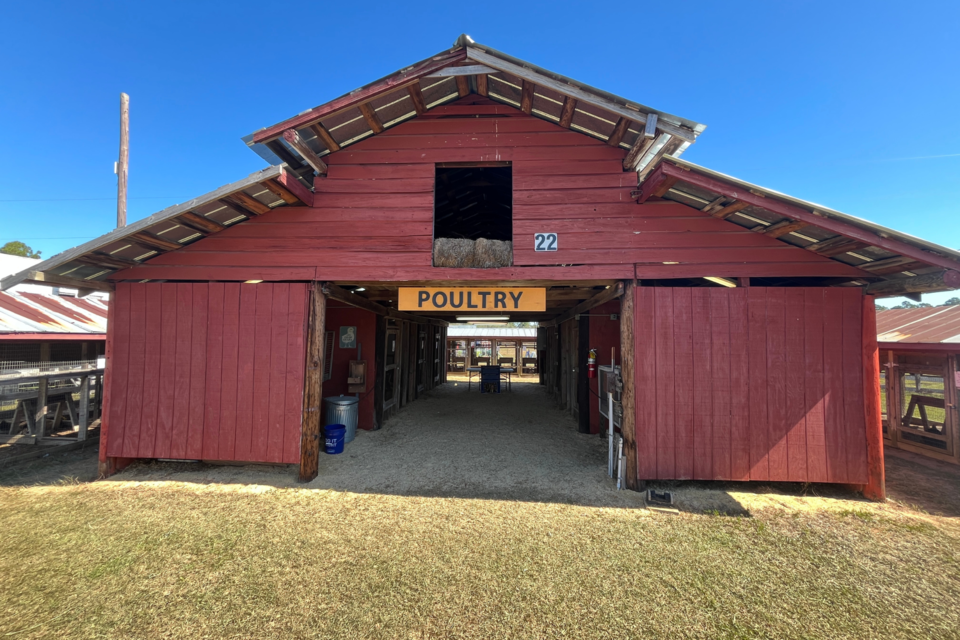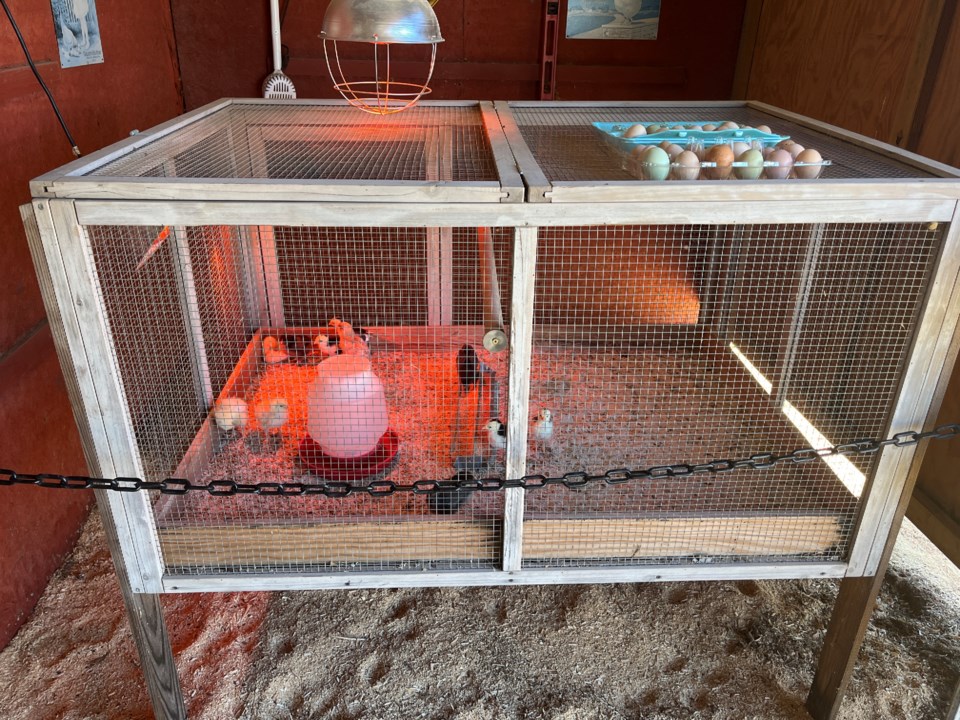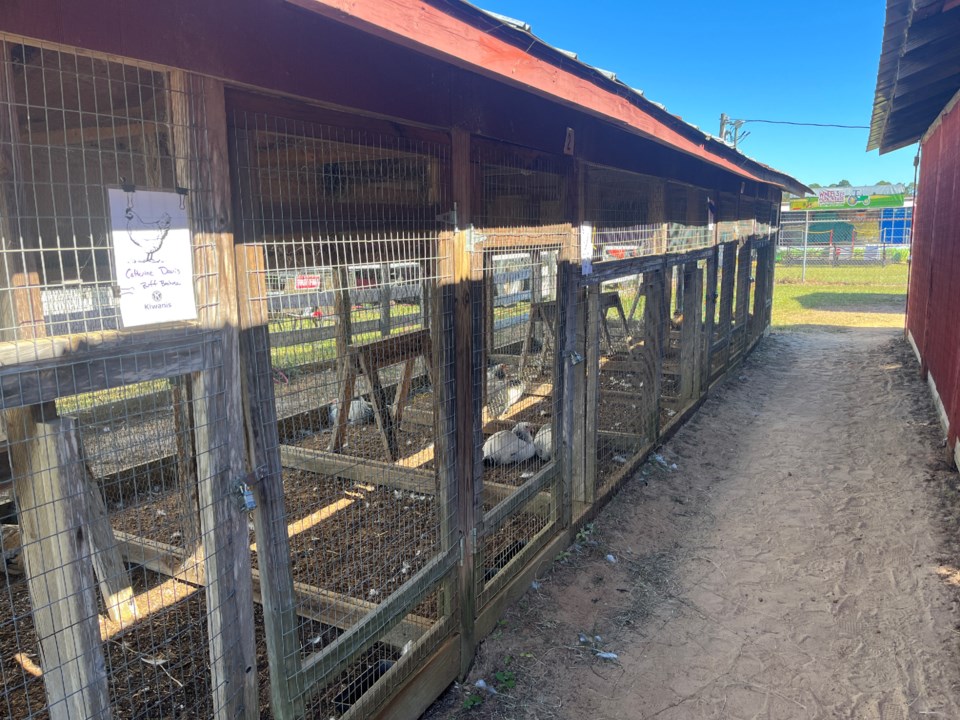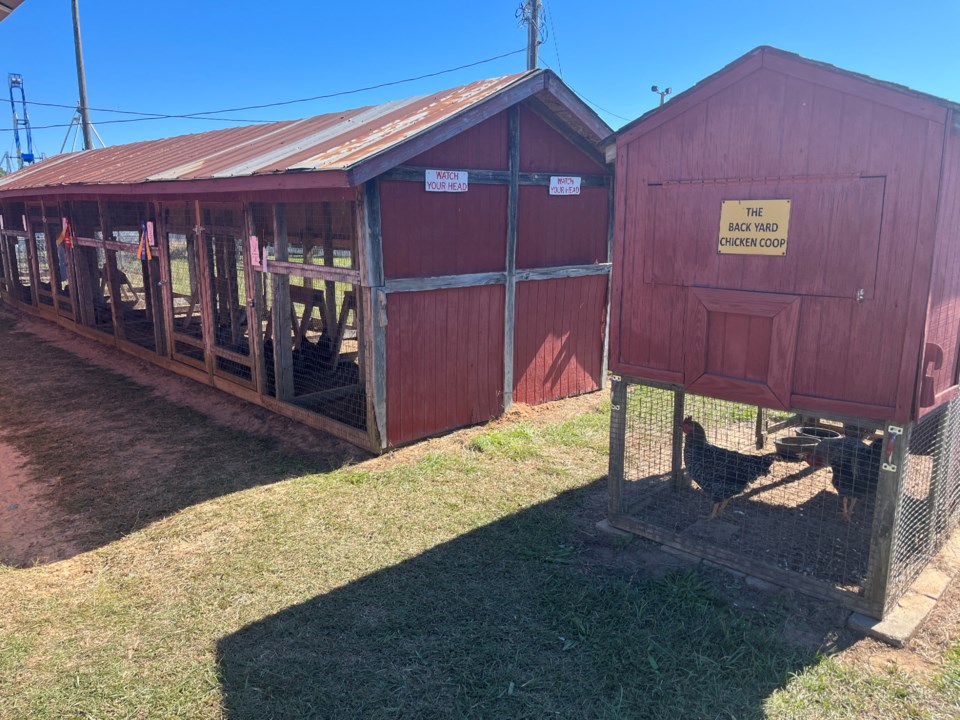The Statesboro Kiwanis Poultry Project is not your ordinary exhibit. It’s a hands-on, community driven program that connects children with the responsibility and rewards of raising poultry. Established in the early 2000s by the late Jim Phelps, a retired teacher with a passion for education and agriculture, the project has become a staple of the annual fair. But its impact goes far beyond the fairgrounds.
For many children, especially those whose families don’t have the space or resources to raise larger livestock, this project is a gateway into the world of animal care and agriculture. Every year, 40 local students up till high school level receive baby chicks, which they raise from spring time to fair time, learning the ins and outs of animal care. By the time fair week rolls around, these students bring their fully grown chickens back for exhibition and judging.
"The whole idea was to provide an opportunity for kids and families who might not have the resources to raise larger animals like cows or pigs," said Alex Grovenstein, Statesboro Kiwanis Member and head of the Poultry Project. "Anyone can raise a chicken,"
A Barn with a Purpose
The barn itself is a reflection of Phelps' vision. It’s not a shiny, new facility. In fact, that’s part of its charm. Phelps believed that poultry raising should be accessible to everyone, regardless of income. Runs, roosts, feeders, and enclosures are often made from recycled or busted up materials. The goal was to show that you don’t need a fancy coop to raise chickens. A little ingenuity and some scrap wood can go a long way.
The Statesboro Kiwanis Fair poultry barn is designed to look worn and well-used. As Grovenstein put it, "Chickens don’t care if their coop is made from materials you found at the dump. What matters is the care and attention you give them."
The Process
Each participant receives six 1-day-old chicks in the spring, which they care for up until the fair. The chicks are delivered by mail, through the U.S. Postal Service, and the participants pick them up in weekly batches over the course of nine weeks. The breeds of chickens are chosen in advance, with around 35 different breeds available for selection, and all are common, hardy breeds that are easier to care for. The project ensures that the children receive hens, as roosters are typically excluded.
Raising the Chickens: The children are responsible for raising the chicks, feeding them, and ensuring their well-being during the months leading up to the fair. While they are not required to care for the chickens year-round, the time from receiving the chicks until the fair provides a valuable learning experience. This process teaches children responsibility, patience, and an understanding of animal care. Many participants develop a special bond with their chickens, while others see it as a fun competition.
Judging Process: When the fair arrives, each participant selects their best three chickens from the six they raised and brings them for judging. The contest is judged by a poultry expert using the American Poultry Association’s Standard of Perfection, a detailed guide that describes the ideal characteristics of each breed. The judge looks at traits such as weight, feather pattern, and overall appearance, comparing each chicken to the perfect example of its breed.
What sets this competition apart is that it’s not just about winning ribbons, it’s about giving the children the freedom to choose what they think are their best chickens. Whether they pick their personal favorite or the ones that look the most alike, it’s up to them to decide.
The chickens are divided into classes based on their breed origins—American, Mediterranean, Asiatic, and others—allowing for fair comparisons within breed categories. There is also a class for mixed-breed chickens, often called “mutt chickens,” which can be equally fun to raise and show.
Awards and Recognition: The poultry contest offers more than just bragging rights. The best chickens in each breed class receive ribbons, and there is a grand champion and reserve champion prize awarded to the top chickens overall. While the competition adds excitement, the true reward for many participants is the pride they feel from raising their animals and participating in a long-standing tradition.
What Happens After the Fair: The children take their chickens home. Some choose to keep their chickens as pets or to continue raising them, while others may sell them to local buyers who attend the fair. It’s common for people to approach the participants during or after the fair to purchase the chickens, creating an additional learning opportunity in basic business transactions for the kids. Parents often help with the sales, but some older participants take charge of the negotiations themselves.
Carrying on the Legacy
Sadly, Jim Phelps passed away in 2024 at the age of 87, but his legacy continues through the Statesboro Kiwanis Poultry Project. His vision for connecting children to agriculture through simple, hands-on projects lives on, and the Kiwanis Club of Statesboro remains committed to keeping his dream alive.
Each year, new generations of children sign up to take part in the program, excited to receive their baby chicks and take on the responsibility of raising them.
In Jim Phelps' honor, the Statesboro Kiwanis Club has vowed to continue the project for years to come. His dedication to the community and to the education of young people will not be forgotten.
It's not too late to see the Poultry Project at this year's fair! Click here to see the full fair guide.







